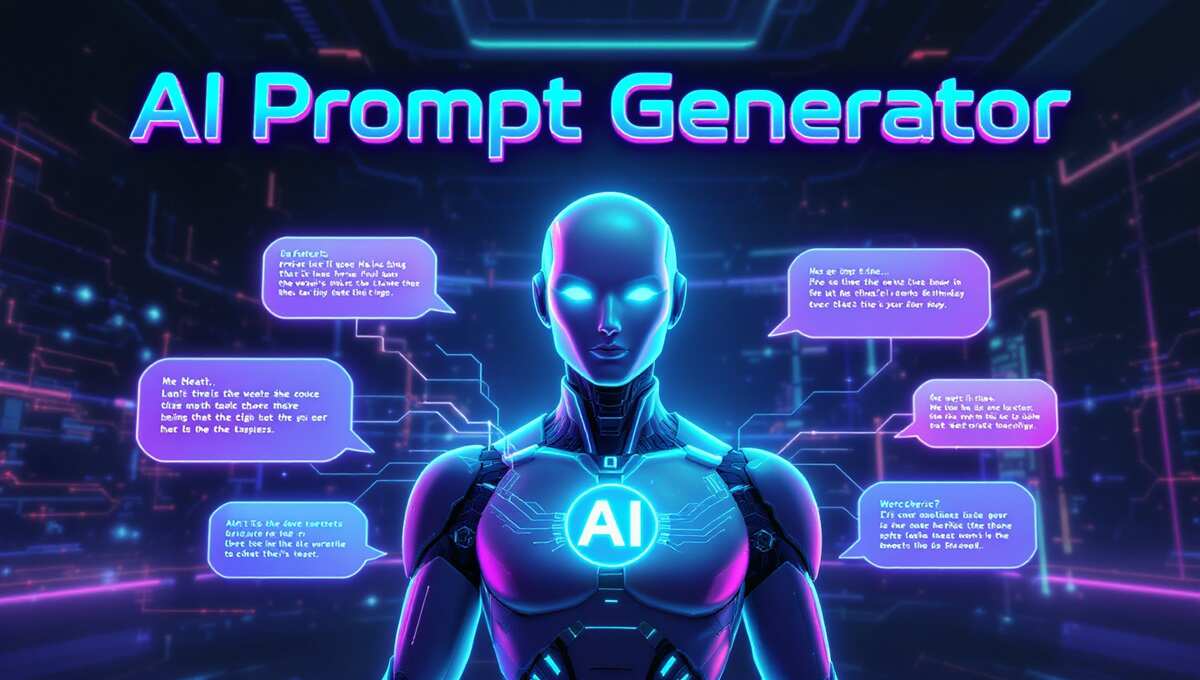
Assessments- 5 Long Term Orientation
Q1.
What are the characteristics or traits of a successful entrepreneur?
एक सफल उद्यमी की विशेषताएं या लक्षण क्या हैं?
A. Risk – Taker. जोखिम लेने वाला।
B. Goal – Oriented. लक्ष्य उन्मुखी।
C. Thrive on uncertainty. अनिश्चितता पर कायम रहें।
D. All of the above. ऊपर के सभी। ✅
Q2.
What is not a characteristic/trait of a successful entrepreneur?
एक सफल उद्यमी की विशेषता / लक्षण क्या नहीं है?
A. Good communication skills. अच्छा संचार कौशल।
B. To have strong technical knowledge. मजबूत तकनीकी ज्ञान होना चाहिए।
C. Quits halfway when the situation becomes difficult. स्थिति कठिन होने पर आधे रास्ते छोड़ देता है। ✅
D. Solves a problem with a unique and creative solution. एक अद्वितीय और रचनात्मक समाधान के साथ समस्या हल करता है।
Q3.
Entrepreneurs are always looking for new ways of doing things and how they can make them better. Which trait is being discussed here?
उद्यमी हमेशा चीजों को करने के नए तरीकों की तलाश में रहते हैं और उन्हें बेहतर बनाने का प्रयास करते हैं। यहाँ किस विशेषता की चर्चा की जा रही है?
A. Optimistic Nature. आशावादी प्रकृति।
B. Consistency. संगति।
C. Creativity. रचनात्मकता। ✅
D. Commitment. प्रतिबद्धता।
Q4.
Entrepreneurs effectively sell their product or service to clients and customers. Which trait is being discussed here?
उद्यमी अपने उत्पाद या सेवा को प्रभावी रूप से ग्राहकों को बेचते हैं। यहाँ किस विशेषता की चर्चा की जा रही है?
A. Optimistic Nature. आशावादी प्रकृति।
B. Goal Oriented. लक्ष्य उन्मुखी।
C. Communication Skills. संचार कौशल। ✅
D. Creativity. रचनात्मकता।
Q5.
Entrepreneurs don’t let uncertainty and potential failure stop them from doing what needs to be done. Which trait is being discussed here?
उद्यमी अनिश्चितता और संभावित विफलता को उन्हें आवश्यक कार्य करने से नहीं रोकते। यहाँ किस विशेषता की चर्चा की जा रही है?
A. Communication Skills. संचार कौशल।
B. Strong Technical Knowledge. मजबूत तकनीकी ज्ञान।
C. Creativity. रचनात्मकता।
D. Risk-Taker. जोखिम लेने वाला। ✅
Q6.
___________ is the ability to evaluate, assimilate and exploit knowledge.
___________ ज्ञान का मूल्यांकन, आत्मसात और शोषण करने की क्षमता है।
A. Additive Capacity. योजक क्षमता।
B. Assimilative Capacity. आत्मसात करने की क्षमता।
C. Absorptive Capacity. अवशोषण क्षमता। ✅
D. Attritive Capacity. आकर्षक क्षमता।
Q7.
Absorptive Capacity comes from prior, related knowledge to be able to make sense of, recognize the value of, and use new information.
निरपेक्ष क्षमता पूर्व से संबंधित ज्ञान से आती है, जो नई जानकारी को समझने, मूल्य पहचानने और उपयोग करने में सक्षम बनाती है।
A. TRUE. सही। ✅
B. FALSE. गलत।
Q8.
Why is it important to have prior knowledge or relatable expertise to become a successful entrepreneur?
एक सफल उद्यमी बनने के लिए पूर्व ज्ञान या भरोसेमंद विशेषज्ञता का होना क्यों महत्वपूर्ण है?
A. Prior knowledge contributes to expectation formation. पूर्व ज्ञान अपेक्षा गठन में योगदान देता है।
B. Helps to make decisions like whether to invest in the idea or not. विचार में निवेश करने या न करने जैसे निर्णय लेने में मदद करता है।
C. Prior knowledge does not help much, it is not required to become a successful entrepreneur. पूर्व ज्ञान आवश्यक नहीं है।
D. Both A and B. A और B दोनों। ✅
Q9.
A successful tailor wanted to try something new. So, he opened a street food restaurant. But his restaurant did not run properly and he had to close it. Why?
एक सफल दर्जी ने नया प्रयास किया और रेस्टोरेंट खोला। लेकिन वह सफल नहीं हुआ और बंद करना पड़ा। क्यों?
A. He was not a risk taker. वह जोखिम लेने वाला नहीं था।
B. He was not goal-oriented. वह लक्ष्य-उन्मुख नहीं था।
C. He did not have prior knowledge of how to run a restaurant. उसे रेस्टोरेंट चलाने का पूर्व ज्ञान नहीं था। ✅
D. None of the above. इनमें से कोई नहीं।
Q10.
A knowledgeable cook opened a South-Indian Restaurant in Chennai. But the business failed. What went wrong?
एक जानकार रसोइया ने चेन्नई में दक्षिण भारतीय रेस्टोरेंट खोला। लेकिन व्यवसाय असफल हो गया। क्या गलत हुआ?
A. He did not have technical knowledge. उसे तकनीकी ज्ञान नहीं था।
B. There were too many competitors and he was not creative in the menu to attract customers. बहुत प्रतिस्पर्धा थी और मेनू में रचनात्मकता की कमी थी। ✅
C. Both A and B. A और B दोनों।
D. Neither is correct. न ही सही है।
Download: CSC TEC Latest answer Key



